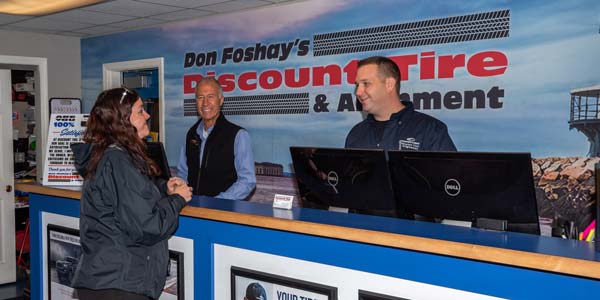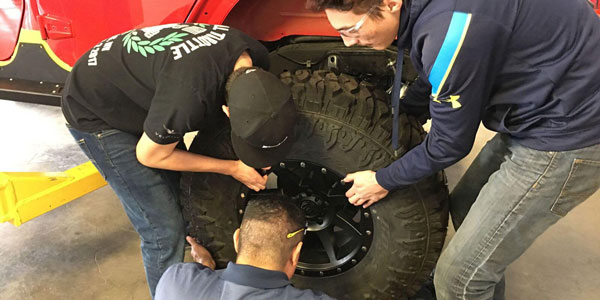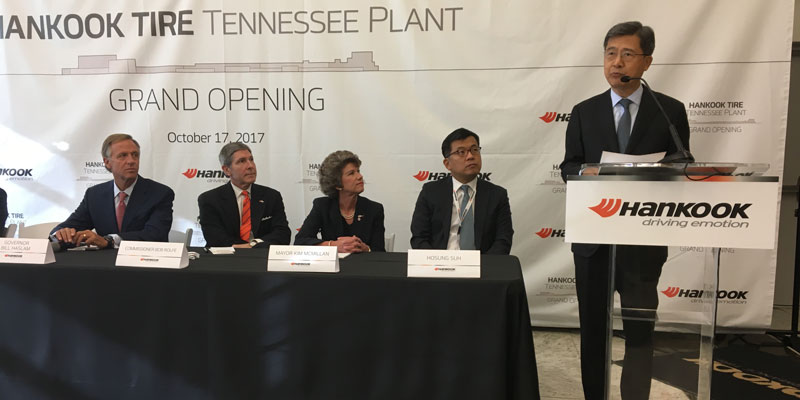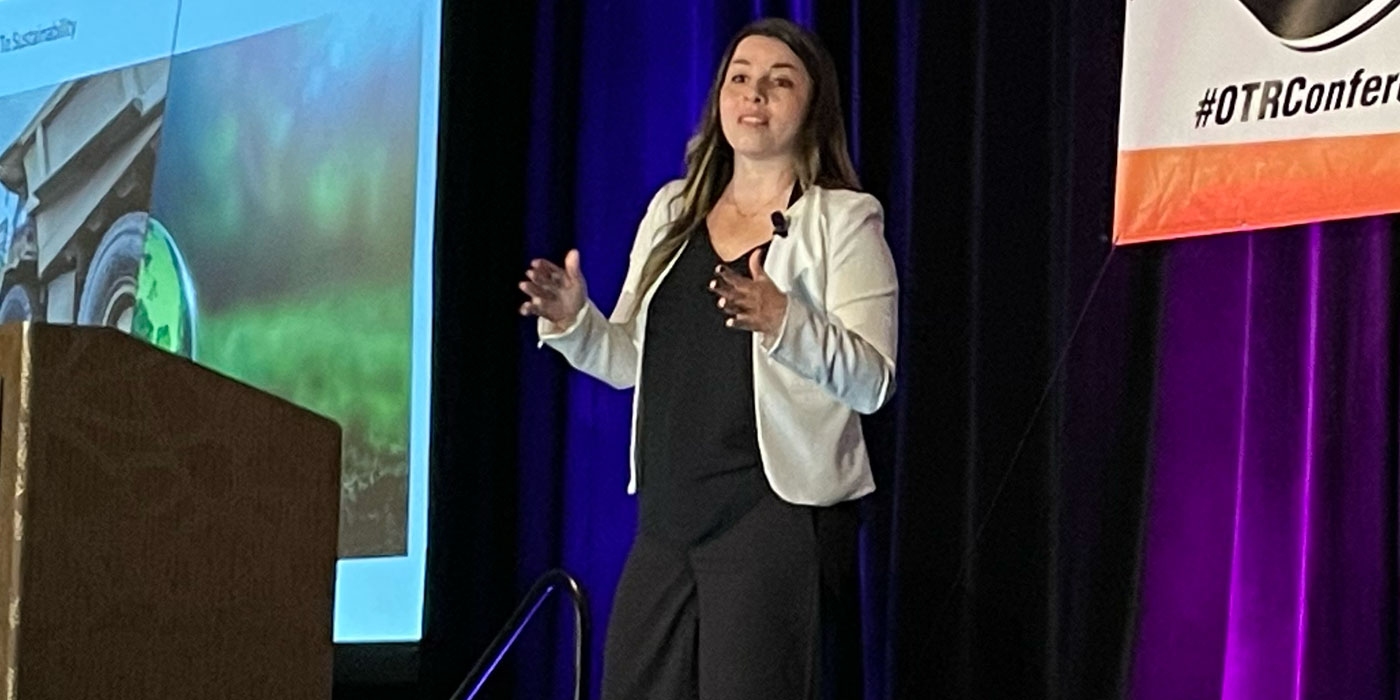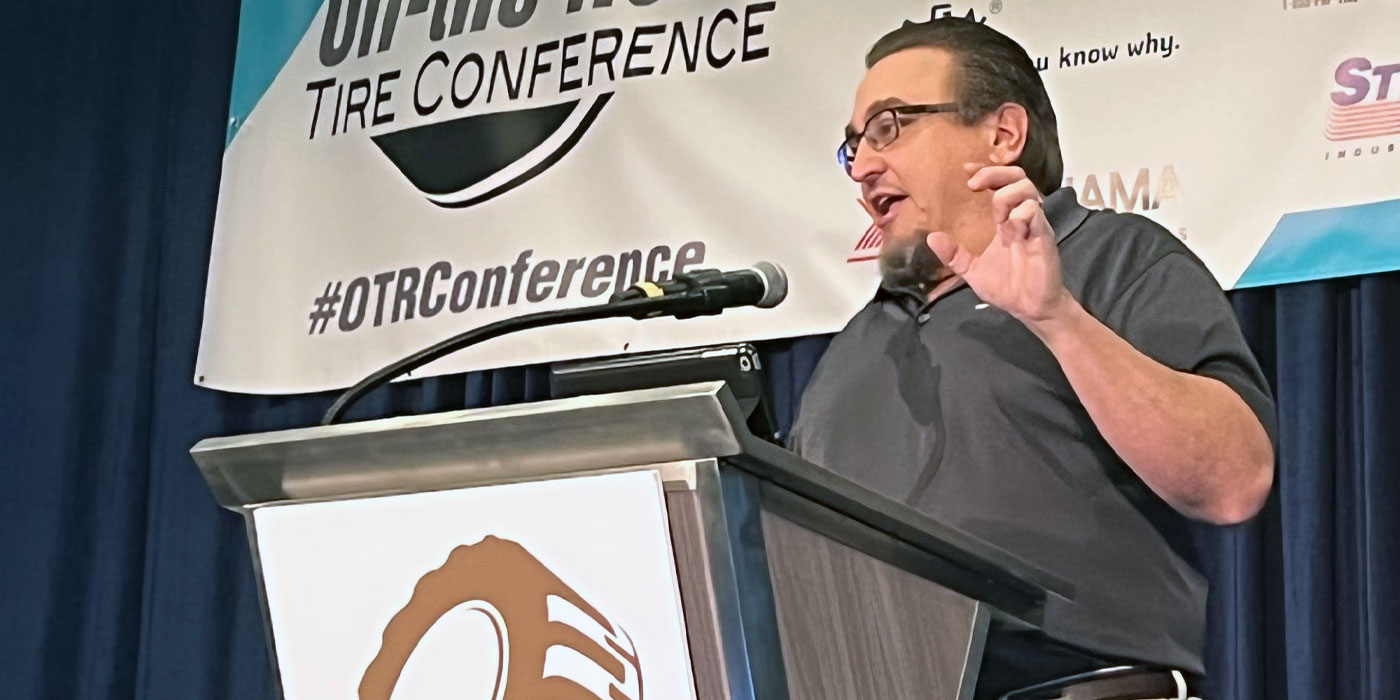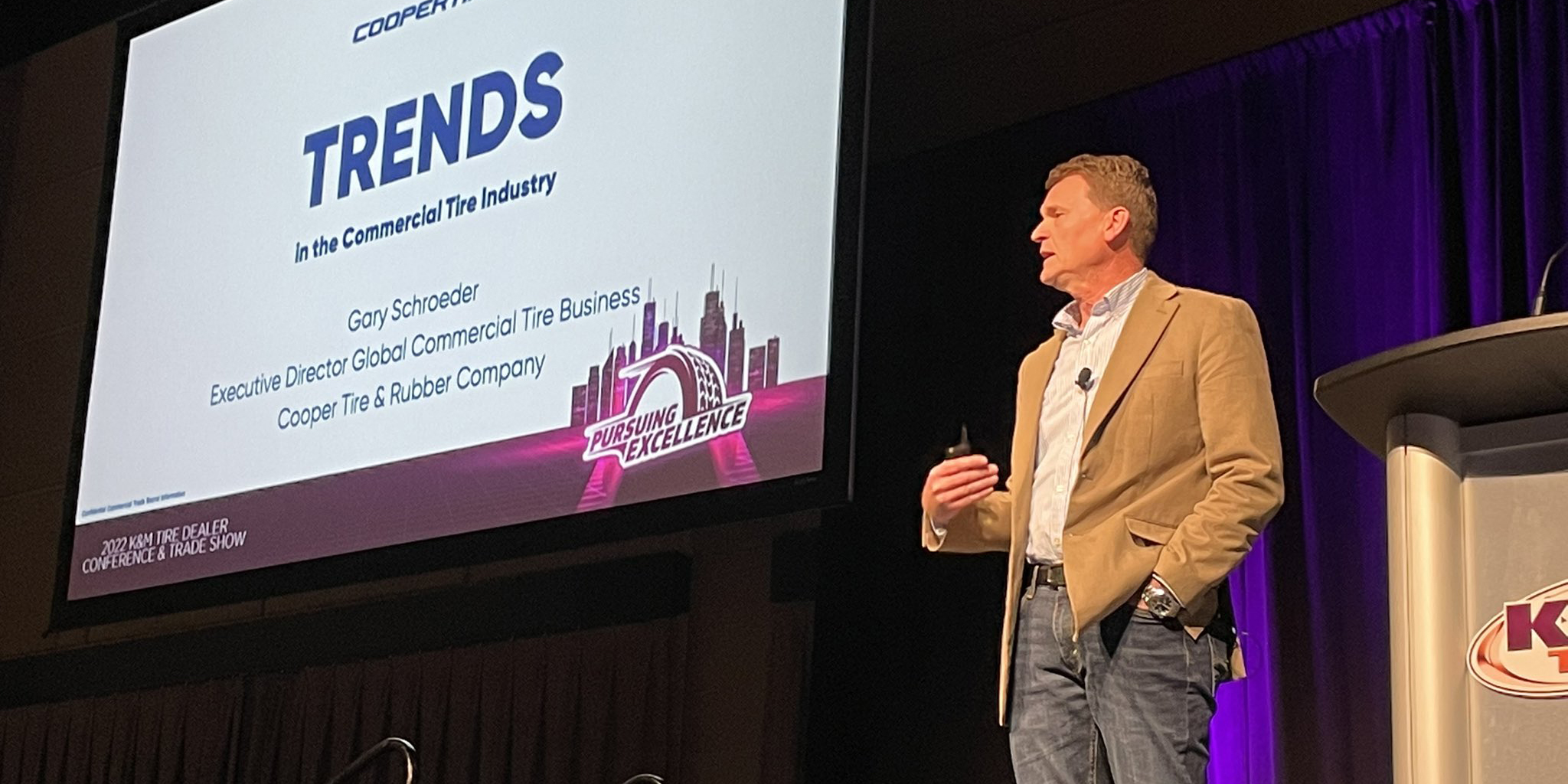President Trump has proposed more than $1 trillion in infrastructure spending. This spending could have a trickle down impact on U.S. tire dealers. The U.S. Department of Transportation’s Federal Highway Administration outlined some of its plans for Tire Review.
TR: President Trump has proposed $1 trillion in infrastructure spending; where does the DOT see the majority of that money being spent? What projects will be targeted first?
FHWA: Those details are still being worked out. We look forward to working with the White House as we work through the details of the Infrastructure package.
TR: Does the DOT have a formal plan to raise the American Society of Civil Engineers (ASCE) rating of roads and bridges from a D and C+ respectively? Is there a timeline, and what does that look like?
FHWA: President Trump often speaks about the declining state of our infrastructure – America’s infrastructure has fallen to 12th in the world and that is unacceptable. That is why his planned trillion-dollar infrastructure initiative is a vital element in his goal of Making America Great Again.
We are not basing the initiative on the ASCE grade, but the grade is an annual reminder of how far we have fallen – and the importance of what we plan to do. Our idea is to launch a 10-year plan to restore America’s infrastructure – and we believe the improvements will be reflected in future ASCE grades. The plan includes a new performance-based federal-aid highway program that will focus on national performance goals, improve project decision-making, and increase the accountability and transparency of the federal investment.
In addition, the required new asset management plan will be used by states to carry out strategies to make progress towards the achievement of state condition targets for pavements and bridges and to support the national goal to provide for a State of Good Repair of National Highway System pavements and bridges.
Further, the National Highway Performance Program (NHPP) requires each state to maintain a minimum condition level for NHS bridges and interstate pavements. States are required to set aside and obligate a portion of the NHPP allocation to address NHS bridges and interstate pavements if these minimum conditions are not met.
TR: How will federal spending on highways impact small businesses? What is the estimated job creation?
FHWA: The FHWA has no current estimates on employment impacts associated with highway capital expenditure. Every dollar of government spending has a “multiplier” effect for the economy, with both direct and indirect effects. Several research studies have attempted to determine the specific economic multiplier for federal infrastructure investment. Their conclusions have varied. For example, a recent CBO study (2015) estimated that infrastructure spending had a multiplier of 1.3, meaning that every $1 investment in infrastructure could generate an increase of $1.3 in GDP. The Federal Reserve Bank of San Francisco (2013) found the multiplier to be 1.70 over the period of 1990-2010.
TR: How will highway spending impact cities vs. rural areas?
FHWA: Over 90% of the Federal-aid Highway Program funds are distributed to states by formula and spending decisions are made by state departments of transportation (DOT) and metropolitan planning organizations. Most state DOTs find a balance between highway investments in urban and rural areas, but it is not directed by the federal government. The USDOT strives for rural-urban balance in making selections under competitive grant programs. The INFRA Grant program calls on the USDOT to consider geographic diversity among recipients. The USDOT intends to provide careful consideration to projects that address needs in rural areas of varying sizes.
TR: What is the state of the Highway Trust Fund and how does it play into ongoing highway projects?
FHWA: The Highway Trust Fund (HTF) is the primary funding source for thousands of highway projects nationwide. For most of its 61-year history, the HTF has been primarily supported by fuel taxes. In recent years, these taxes, which have not increased for over two decades, have not produced sufficient revenue to pay for the highway program’s costs. This is due to a variety of reasons, such as inflation, the increasing fuel economy of vehicles, and the increased use of vehicles that run on untaxed fuels such as electricity.
As a result, $140 billion has been transferred over the last decade from the General Fund of the Treasury to the HTF. Combined with the revenue generated by fuel taxes, the HTF is projected to have sufficient funding through fiscal year 2020. Looking to the future, the Administration is committed to working with Congress to find a sustainable funding solution to provide the resources we need to meet our critical transportation infrastructure needs.
TR: Will there be any investment made within infrastructure for connected/autonomous vehicles? What will that entail?
FHWA: Infrastructure plays a critical role in the deployment of connected and automated vehicles, specifically in the area of communications. Vehicle-to-Infrastructure (V2I) communications, which is the wireless exchange of data between vehicles and roadway infrastructure, enables safer vehicle operations by providing location, specific data such as work and school zone speed limits, hazardous roadway conditions, and traffic signal phase and timing data directly to the vehicle. By communicating with roadside infrastructure and utilizing location specific data, connected vehicles can alert human drivers and automated driving systems can take action when they are entering a school zone or if an upcoming traffic light is about to change. Communication between the vehicle and infrastructure can reduce collisions, enhance traffic flow and reduce the cost of vehicle and fleet operations for connected and automated vehicles.
The FAST Act made V2I communication equipment eligible for funding under major Federal-aid highway funding programs. The FAST Act also established the Advanced Transportation and Congestion Management Technologies Deployment Program to make competitive grants for the development of model deployment sites for large-scale installation and operation of advanced transportation technologies, including V2I communications. State and local agencies are utilizing these and other funding sources to deploy V2I communications, which will help provide the initial infrastructure for connected and automated vehicles.
TR: Last year the DOT announced a historic agreement with 20 automakers to make automatic emergency braking a standard feature on virtually all new cars no later than the year 2022. Beyond automatic braking, what other automotive innovations do you foresee becoming safety standards?
FHWA: To support agency decisions on safety standards, NHTSA continues to research the potential safety benefits and system performance of a full spectrum of driving assistance systems and automated driving systems. For example, we see significant safety potential in driver-assistance technologies such as pedestrian crash avoidance and mitigation, seat-belt use enhancing systems and automated driving systems.
TR: Predictions for consumer interest in electric vehicles shows there could be a growing number of EV’s on the roads in the coming years. Where does this administration stand on adding/expanding the national EV infrastructure?
FHWA: The increasing use of alternative fuel vehicles, such as electric vehicles, is an important effort to strengthen U.S. energy security, economic vitality and quality of life. The Congestion Mitigation and Air Quality Improvement Program provides a funding source for state and local transportation agencies across the country to promote the use of alternative fuel vehicles and the installation of charging infrastructure. In addition, the FAST Act required the USDOT to designate national alternative fuel corridors for electric vehicles and other alternative fuels, such as hydrogen, propane and natural gas. The initial designations resulted in almost 25,000 miles of the national highway system being designated as alternative fuel corridors. These corridors will help reduce “range anxiety” by letting motorists know that they will be able to refuel on long distance trips.
TR: How will the federal government supplement local/state funding?
FHWA: Nationally over 40% of all spending on highway capital projects is funded by the federal government. This nearly $45 billion annual investment enables states to build critical capital projects that improve roadway safety, repair aging bridges and highways, and promote the movement of freight. Further, federal highway funding is quite flexible, empowering states and localities to invest in the projects that best meet their needs while improving the performance of the national infrastructure network. The president’s infrastructure initiative will not only provide essential federal funding but will also spur additional investment by state and local governments and the private sector. This collaborative strategy will lead to the creation and revitalization of essential infrastructure across the country.
TR: How will the public /private partnership within the infrastructure proposal work for highway funding?
FHWA: Those details are still being worked out. We look forward to working with the White House as we work through the details of the infrastructure package.




